Water They Doing: Water Solutions
It may seem like we are far from water shortage: about 70% of the Earth's surface is covered by water. However, more than 95% of the water is held by the ocean, which means it is not directly potable. Water scarcity is a big challenge facing us, and the more so if the global temperature remains on the rise. On the other hand, though, climate change has also made too much water all at once - flood - a more frequent occurrence. And then water pollution also looms over us...
In this issue, we look at how water-scarce cities like Singapore and Cape Town turn to reuse and education campaign. When water becomes too much of a good thing, draw lessons from the stories of Copenhagen and more in turning neighbourhoods into sponges to manage excessive rainwater...
FROM THE GUANGZHOU AWARD
Copenhagen, Denmark
Climate Resilient Neighborhood
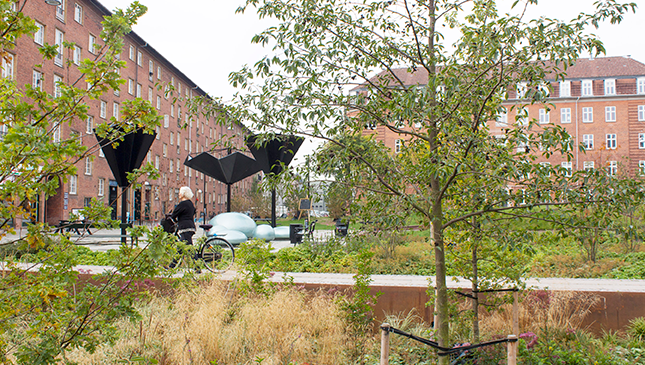
Copenhagen's cloudburst management is still a thing that the city can brag about. This initiative takes on an eco-friendly blue-green approach instead of a costly grey infrastructure upgrading to tackle flood and water logging in the city. The concept of letting nature do the work is prevalent in its design, from permeable surfaces to underground water tank... read the full story
Bucheon, Republic of Korea
Climate-Resilient City, Bucheon
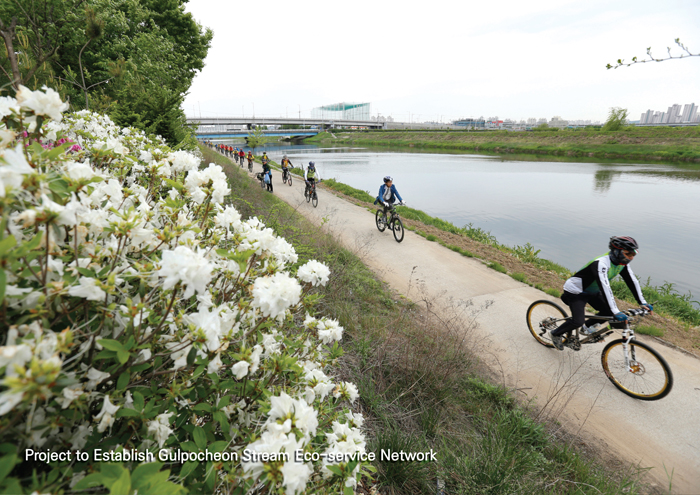
"Sustainable water management in which people and nature can enjoy together" - this is the water vision of the Korean city of Bucheon. Core to this vision of creating a resilient urban system against climate change are sewer tunnel construction to prevent urban flood inundation as well as ecological river restoration... read the full story
FROM THE WEB
Kwinana, Australia
An Easy Yet Effective Way to Tackle Water Pollution
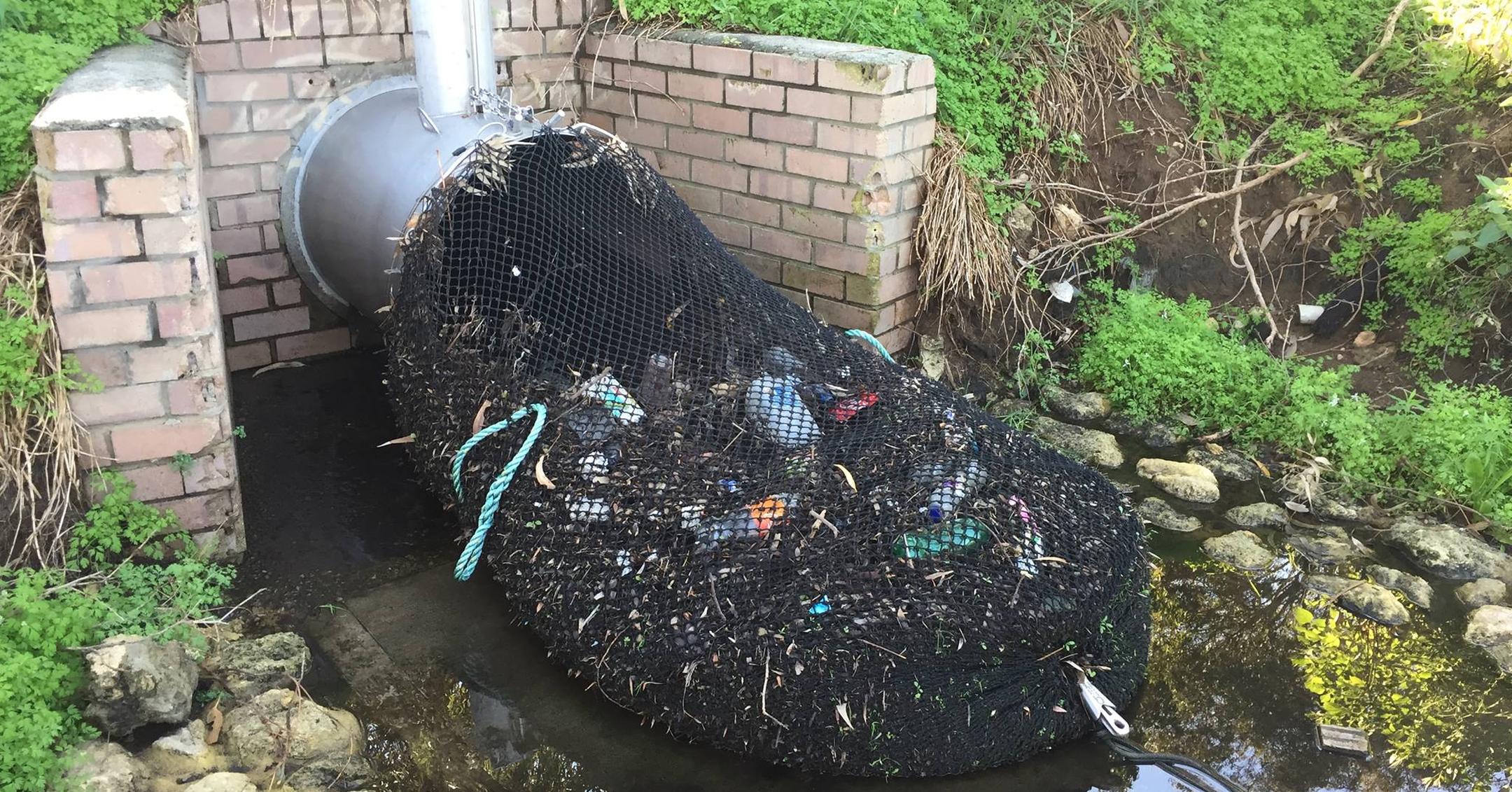
Just imagine... It's a sunny summer day, and you're reclining on the grass by your local lake. The sun is glistening on the water. Ducks are happily gliding along with their duck pals. A cool breeze blows towards you, just as you were feeling a bit warm. Garbage is floating on the surface of the water, slowly poisoning fish and breaking down into microplastics... read the full story
Kunshan, China
Sponge City of Kunshan
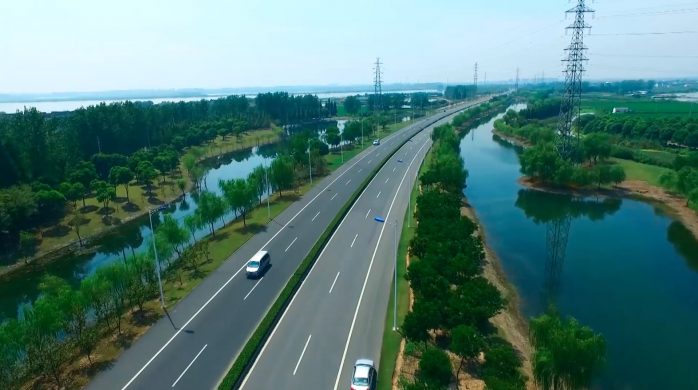
The rapid economic growth and urban development of Kunshan in the past decades present a great threat to its water environment that has intrinsically defined the historical quality and liveability of the city. The water quality in its extensive network of constructed canals is inevitably degrading due to a combination of catchment pollution and poor circulation... read the full story
Singapore
The Water Reuse Recipe: From Sewage Water to Safe Water
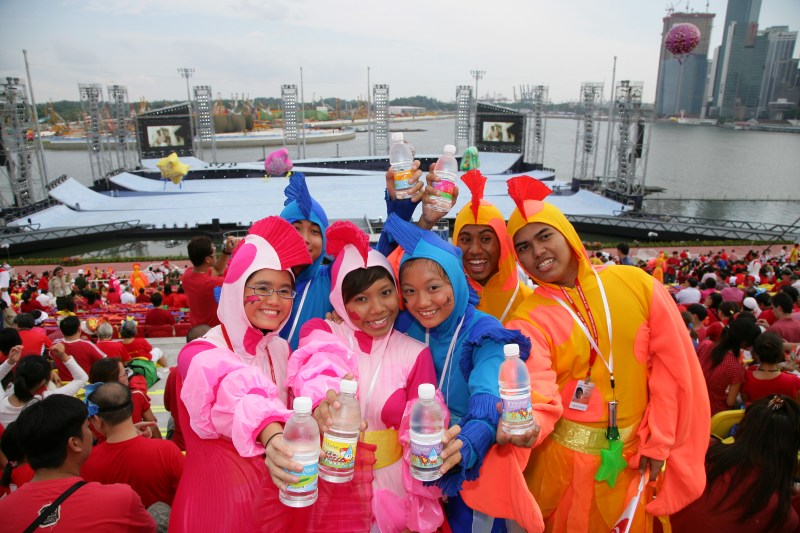
Since its independence in 1965, water security has been a prime concern for the city-state of Singapore. Though Singapore receives about 2.3m of rainfall annually, land scarcity and a high population density mean there is limited land available for catchment and storage of rainwater. Given such conditions, water reuse forms a critical component of Singapore’s water sustainability strategy... read the full story
Cape Town, South Africa
How Cape Town was saved from running out of water
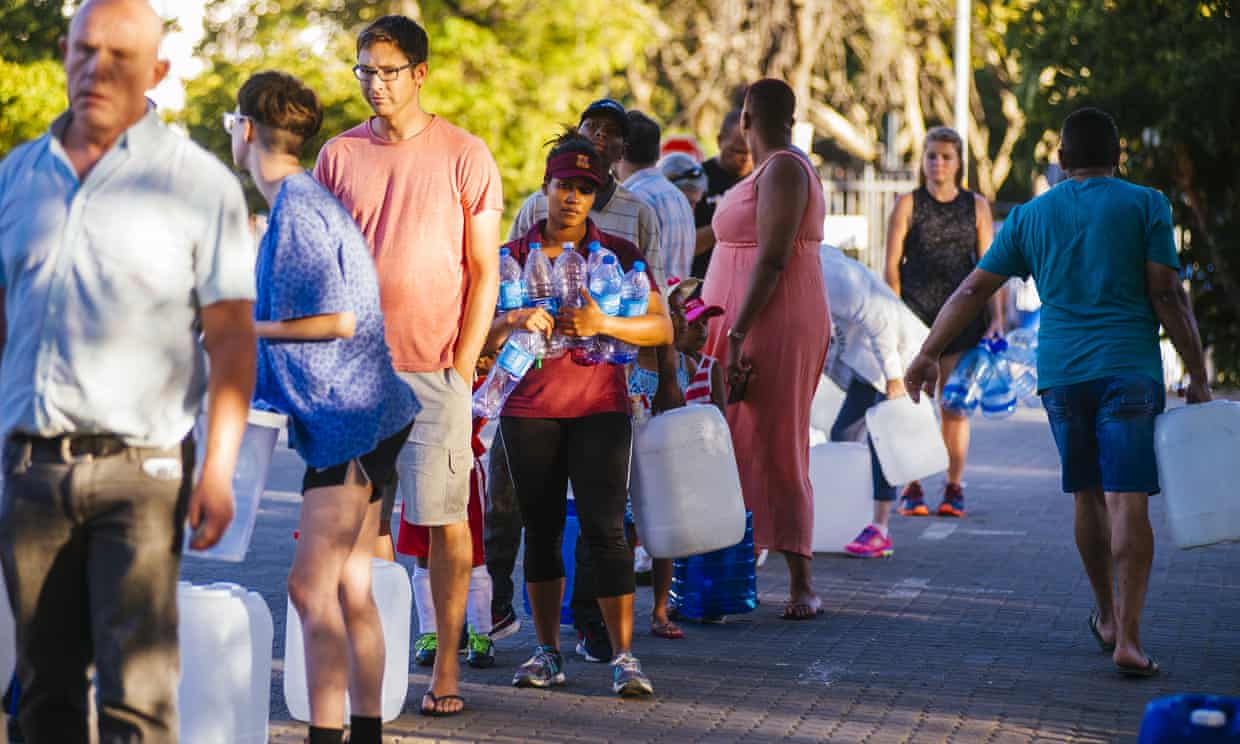
After years of trying to convince residents to conserve, the aggressive day zero campaign jolted people into action. Water use was restricted to 50 litres per person per day. (In 2016, average daily per capita use in California was 321 litres.) Households that exceed the limit face hefty fines, or having a meter installed in their home that shuts off their water once they go over... read the full story
Could these five innovations help solve the global water crisis?
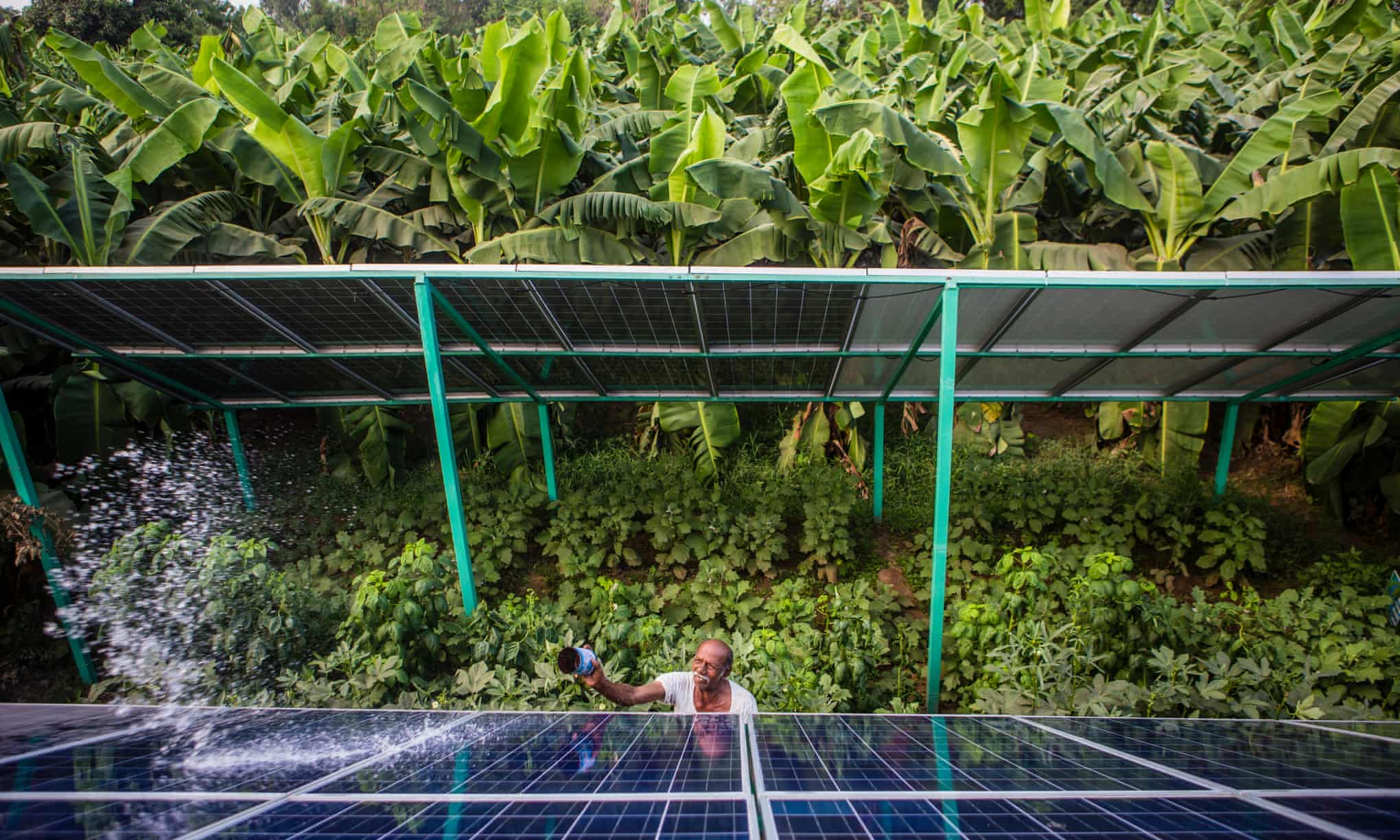
The global water crisis has many causes, requiring many different solutions. As 1.2 billion people live in areas of water scarcity, these solutions must span policy, technology, and behaviour change to make a real difference. A number of technological innovations address the crisis in novel ways... read the full article


 In Focus | World Cities Day: People-Centred Smart Cities
In Focus | World Cities Day: People-Centred Smart Cities City Stories | Fostering community resilience: A lifeline for the Central African Republic
City Stories | Fostering community resilience: A lifeline for the Central African Republic In Focus | Innovative Education, Empowering Futures
In Focus | Innovative Education, Empowering Futures




















 Tel: +86 020 3780 4434
Tel: +86 020 3780 4434 Email: info@guangzhouaward.org
Email: info@guangzhouaward.org Adress: Unit 01-7, 28th Floor, No. 7, Chunrong 3rd Road, Tianhe District, Guangzhou, Guangdong, 510000, PRC
Adress: Unit 01-7, 28th Floor, No. 7, Chunrong 3rd Road, Tianhe District, Guangzhou, Guangdong, 510000, PRC




